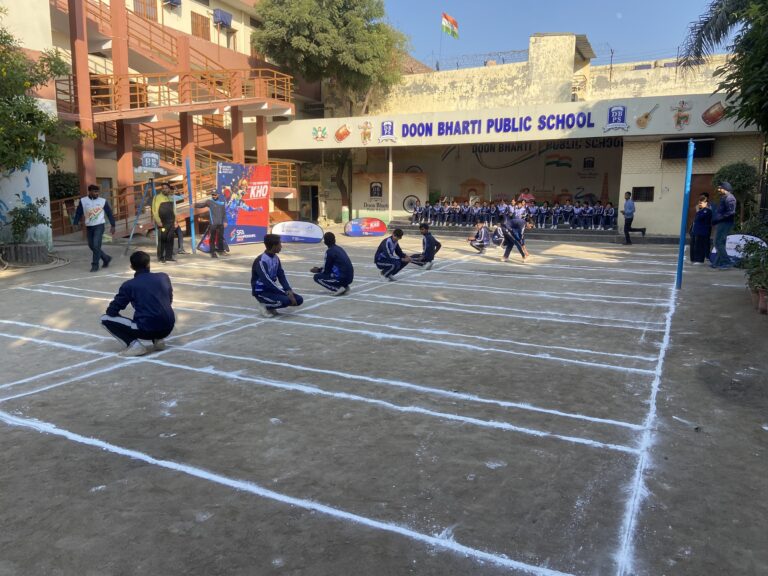The Indian military on Thursday warned Pakistan that it was prepared to respond swiftly and strongly to any misadventure or provocation, and contended that Islamabad peddled falsehoods about what happened during the aerial skirmish between the two air forces a day earlier, in a rare media briefing by two-star officers from the three services.
The Indian Air Force (IAF) has “fairly credible evidence” to prove that the Mirage 2000 strikes against the Balakot terror camp on Tuesday met their objective and IAF caused the “intended damage and destruction” during the unprecedented, peace-time cross-border strike, said IAF assistant chief of air staff (operations) Air Vice Marshal RGK Kapoor.
He said it was premature to comment on the number of casualties and it was for the government to decide if it wanted to share the evidence. Pakistani fighter jets made failed attempts to bomb Indian military installations on Wednesday in retaliation for the Balakot strike by the IAF, Kapoor said. Both air forces lost one fighter each in the engagement, he added.
In the briefing held a couple of hours after Pakistan announced its decision to release Wing Commander Abhinandan Varthaman, Major General SS Mahal, an additional director general in the army’s military operations directorate, said the army was “in a heightened state of readiness” to respond to any provocation.
“Our ground-based air defence weapon systems have been put on high alert. Mechanised formations too have been placed on standby. I wish to assure the nation that we are fully prepared,” said Mahal in the late evening briefing on the South Block lawns.
Rear Admiral DS Gujral, the officiating director general of naval operations, said the navy was prepared to respond swiftly, resolutely and strongly to any “Pakistani misadventure”.
The IAF picked holes in the Pakistan version of Wednesday’s chain of events, asserting that it spread “blatant disinformation” on three counts – the number of Indian fighters shot down and pilots in its custody, denying that it targeted military installations, and that it did not use F-16 fighter jets.
Kapoor said Pakistan claimed that two Indian jets were shot and three pilots were down before admitting in the evening that only one MiG-21 Bison was downed and its pilot was in their custody. He said the Bison shot down an F-16 and Indian soldiers reported sighting two Pakistani pilots parachuting into Pakistan-occupied Kashmir. There were two pilots in the F-16 aircraft.
He also denied the Pakistani claim that they intentionally dropped weapons in open areas. “The fact is the Pakistan Air Force jets targeted military installations. However, IAF fighters intercepted them and thwarted their plans.” He said Pakistani jets dropped bombs on army compounds but couldn’t cause any “significant damage” due to swift IAF response.
The army said the Pakistan Air Force (PAF) jets tried to target a brigade headquarters, a battalion headquarters, a logistics base and forward defences.
“There is enough evidence to show that F-16s were used and Pakistan is trying to hide this fact. Parts of AMRAAM missile that is carried only on the F-16s in PAF were recovered east of Rajauri. The fact remains that an F-16 was shot down by a MiG-21 Bison,” said Kapoor.
Air Vice Marshal (retired) Manmohan Bahadur, additional director general of the Centre for Air Power Studies, said,” This is perhaps the first ever kill of an F-16 by a MiG-21 bison, fighter jets of two different generation, he said.
The IAF displayed remnants of an AIM-120 advanced medium range air-to-air missile (Amraam) that the IAF said was fired by the F-16s on Wednesday.
Kapoor said IAF radars detected a large package of PAF aircraft heading towards Indian territory at 10am on Wednesday and the jets breached Indian air space west of Rajauri in Sunderbani area. Kapoor said MiG-21 Bisons, Sukhoi-30s and Mirage 2000s were tasked to intercept the hostile jets.
He said Varthaman ejected safely but his parachute drifted to PoK where he was taken into custody by the Pakistan army.
Asked whether the air force saw the proposed release of the wing commander as a goodwill gesture, he said it was in consonance with the Geneva Convention and the IAF was “extremely happy” that he was coming back.


















